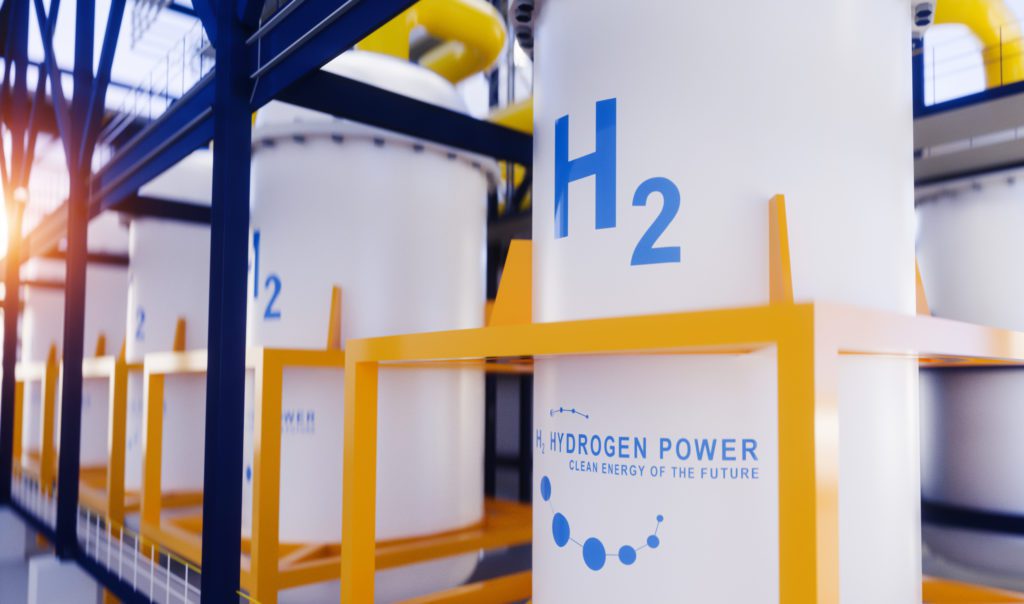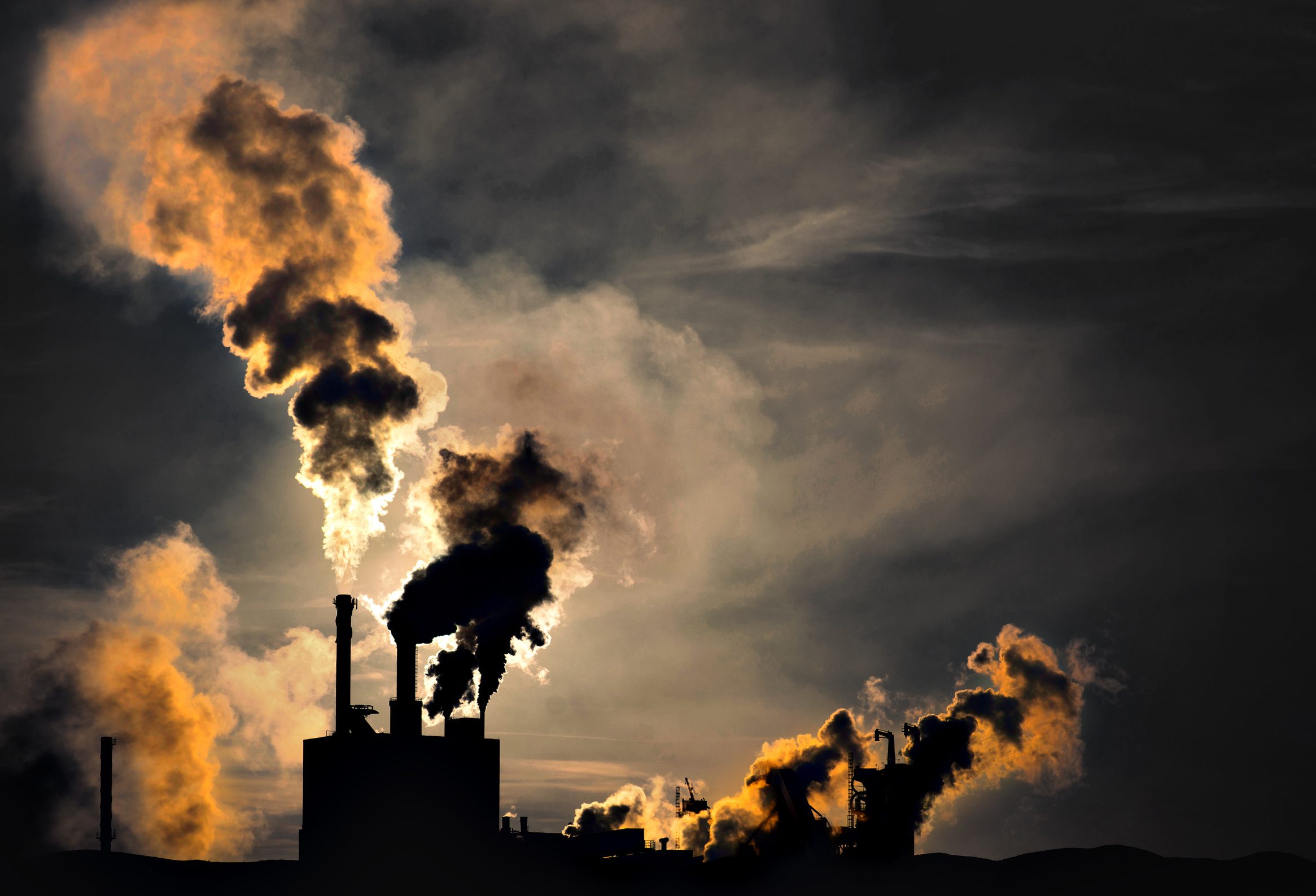When it comes to climate action, it can be difficult to understand what makes a strong climate change plan that puts us on a pathway to zero greenhouse gas (GHG) emissions – and what new policies and tools are actually dangerous distractions from real solutions.
Let’s look at three tools that are being sold as climate change saviours, when their real objective is to prolong the life of the polluting fossil fuels which are driving climate change: carbon capture utilization and storage (CCUS), hydrogen and offsets.
Providing government financial support for these false solutions diverts funds from proven, cost-effective climate change solutions including electrification and grid modernization, renewable energy generation and storage, and energy efficiency.
Though our focus is on how none of these options will put a dent in our GHG emissions, it’s also important to note that decreasing emissions isn’t our only priority. Producing and using fossil fuels creates a lot of damage beyond climate disasters. A look at the devastation caused by the oil sands makes that very clear: air and water pollution, massive scars on the land, and the trampling of Indigenous rights. Even if it were possible, simply eliminating carbon emissions from fossil fuel production would not address the myriad impacts of fossil fuel production faced primarily by Indigenous and front-line communities.
1. Carbon capture : a license to pollute

Oil and gas companies like to paint a picture of a future where we can still have oil and gas production, but where power plants and oil refineries can capture carbon dioxide from smokestacks and bury them deep in the ground. They call this Carbon Capture Utilization and Storage (CCUS).
The oil and gas industry is hard at work lobbying for governments to subsidize CCUS. In fact, CEOs of Canadian oil and gas companies have asked the government to provide over $50 billion to equip the sector with CCUS. And governments in Canada are listening – shoving billions of dollars towards CCUS. On the other hand, despite their ‘climate commitments’ and their record profits, oil and gas companies are spending very little of their own money on CCUS.
But the truth is carbon capture is a false solution to the climate crisis. It’s a distraction from the rapid transformation away from fossil fuel use required to keep global warming below catastrophic levels this decade. Carbon capture also offers fossil fuel interests a new technology through which to solicit public – aka taxpayer – funding while allowing them to continue extracting and burning dirty fuels.
There are many, many concerns with carbon capture and storage technology (and we go over them in our report). Here are just some of the highlights:
- Carbon capture doesn’t address downstream emissions – the emissions that come when the fossils are burnt (in our cars, to heat our homes, etc) – which is where 80 per cent of emissions come from.
- Carbon capture doesn’t address the significant methane leakage from the production and distribution of oil and gas. Methane is 86 times more powerful a greenhouse gas than carbon dioxide – and the gas is responsible for about a quarter of global warming – so this is a huge gap.
- Five decades on from the first carbon capture project, the technology remains riddled with problems and unproven at scale. The technology has a track record of over-promising and under-delivering. Current global CCUS capacity is about 0.001% of annual greenhouse gas emissions. The vast majority of projects never get off the ground.
- While the cost of renewable energy and real climate solutions have plummeted, carbon capture and storage technologies have remained extremely expensive.
- Safe, permanent, and verifiable storage of carbon dioxide is difficult to guarantee. Carbon dioxide leakage has the potential to contaminate ground and surface waters, impact soil ecology and the marine environment, and harm human health.
- CCUS technology does not address the hazardous air and water pollutants that come from producing and burning fossil fuels. And because CCUS is so energy intensive, the amounts of these pollutants actually increased, with real health and safety implications for frontline communities. In addition, implementing this technology at scale would require an enormous system of pipelines to transport the carbon, which would also be dangerous for nearby communities.
To date, almost all of the captured carbon dioxide is actually being used to pump more oil out of the ground that would have otherwise been unreachable. A 2020 review of scientific research found that popular carbon capture methods have actually put more carbon dioxide into the atmosphere than they have removed.
The bottom line: the most effective way to deal with emissions of carbon dioxide is to prevent them from ever being created, rather than trying to pluck them haphazardly from the air or smokestacks.
2. Hydrogen: Natural Gas Industry’s Hail Mary Pass
 Hydrogen, like electricity, is an energy carrier – it can be used to store and deliver usable energy, for example to a cement or steel factory or to produce fertilizer. Hydrogen doesn’t typically exist by itself in nature and must be produced from compounds that contain it. (Check out this blog for a backgrounder on hydrogen.)
Hydrogen, like electricity, is an energy carrier – it can be used to store and deliver usable energy, for example to a cement or steel factory or to produce fertilizer. Hydrogen doesn’t typically exist by itself in nature and must be produced from compounds that contain it. (Check out this blog for a backgrounder on hydrogen.)
Since when hydrogen is burned, it doesn’t create any greenhouse gas emissions, hydrogen is being presented as a key climate solution. But hydrogen has a dirty secret. . Though hydrogen itself isn’t technically a greenhouse gas, scientists have found that hydrogen actually does contribute to temperature rise through some complex chemical reactions – and is actually 33 times more powerful than carbon dioxide. Given its tiny size – it is very hard to keep hydrogen from leaking into the atmosphere.
On top of that, not all hydrogen is created equal. You can create hydrogen using renewable energy or with fossil fuels. The vast majority of hydrogen being produced today comes from fossil fuels – with huge levels of polluting emissions – and is used in petroleum refining and fertilizer production.
The fossil gas sector is looking to fossil fuel derived hydrogen in a desperate attempt to find new markets for their products, as the world moves away from oil and gas. The promise coming from the industry is that carbon capture technologies can be used to develop emissions-free fossil hydrogen – so-called ‘blue’ hydrogen. However, ‘blue’ hydrogen is even worse for the climate than burning coal or natural gas – given the methane leakage and extra fuel needed to power the CCUS technology
The gas industry is promoting the widespread use of hydrogen for home heating and to generate electricity– but these are areas where we have actual climate solutions, like heat pumps and renewable energy. Blending a really tiny amount of hydrogen into the gas grid or in power plants won’t actually reduce emissions – but it will lock in polluting infrastructure for decades.
Focusing on hydrogen helps oil and gas companies greenwash themselves, but it won’t help us make the deep emissions cuts we need to tackle the climate crisis.
3. Offsets: Moving deck chairs on the Titanic
 A growing number of businesses and governments are claiming that all or parts of their activities are ‘carbon neutral’ through the purchase of carbon offsets. Offsetting is a way of paying for others to reduce greenhouse gas emissions or absorb carbon dioxide to compensate for your own emissions (think paying for planting or conserving trees) .
A growing number of businesses and governments are claiming that all or parts of their activities are ‘carbon neutral’ through the purchase of carbon offsets. Offsetting is a way of paying for others to reduce greenhouse gas emissions or absorb carbon dioxide to compensate for your own emissions (think paying for planting or conserving trees) .
Purchasing offsets can be seen as an easy way out for governments and businesses to continue polluting without making changes to the way they do business. However, carbon offsets don’t actually decrease emissions.
Storing carbon in trees takes decades. Burning fossil fuels releases carbon immediately. Furthermore, carbon “stored” in trees or other ecosystems is not stored permanently (when trees die, that carbon is released into the air) – so it is not the same as fossil carbon left underground.
Protecting forests and restoring natural ecosystems is vital both for wildlife and the climate, but it’s not a substitute for reducing carbon emissions directly. We need to be doing both.
There are justice implications to using offsets as well. It’s cheaper to set up offsetting projects like tree planting in the Global South, which means that they may come at the cost of Indigenous Peoples’ rights, or they may be on land that would be better used for meeting local community needs.
Offsetting schemes provide a good story that allows companies to swerve away from taking meaningful action on their carbon emissions. But relying on carbon offsets is the equivalent of just moving deck chairs on the Titanic. Accounting tricks will not solve climate breakdown.
We don’t need to fix fossil fuels – we need to ditch them
We shouldn’t get distracted by these red herrings. Instead of trying to make fossil fuels ‘clean’ which is impossible, we need to reduce their use to achieve a zero emissions future. The majority of emissions reductions will come from the displacement of fossil fuels by wind and solar, which are already mature, affordable and being deployed across the world. But every dollar that goes to CCUS and hydrogen, is a dollar that doesn’t go towards the things we know will work. That’s why we need all governments to invest in real climate solutions and end all support for false solutions.









